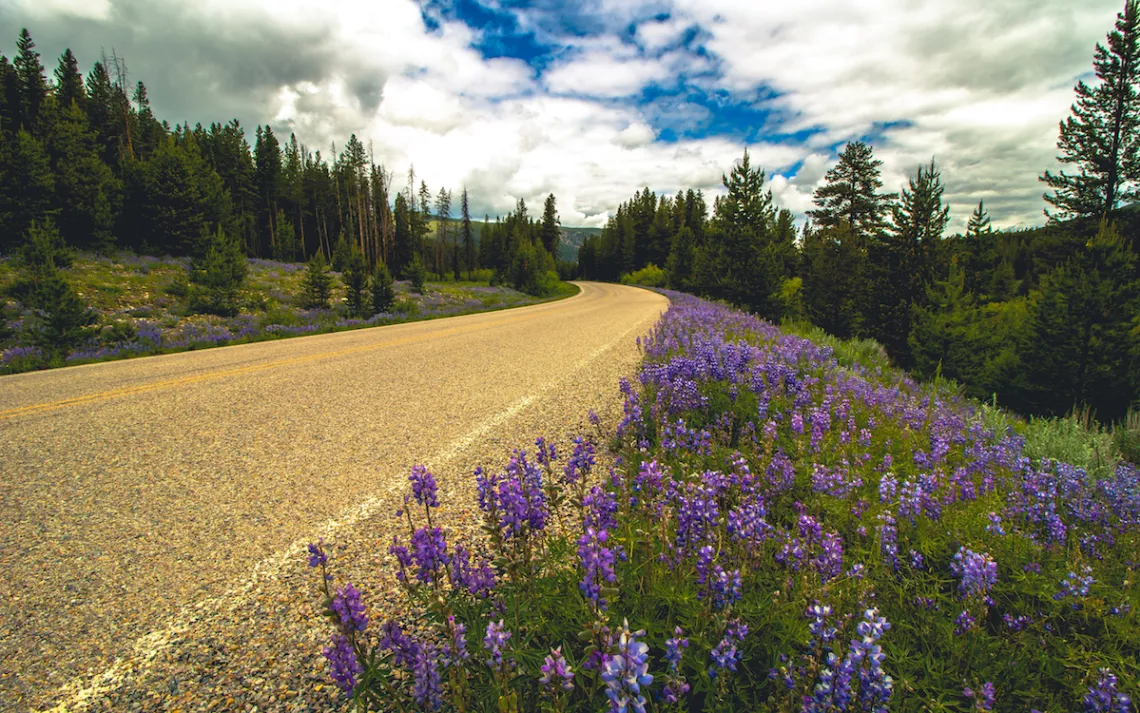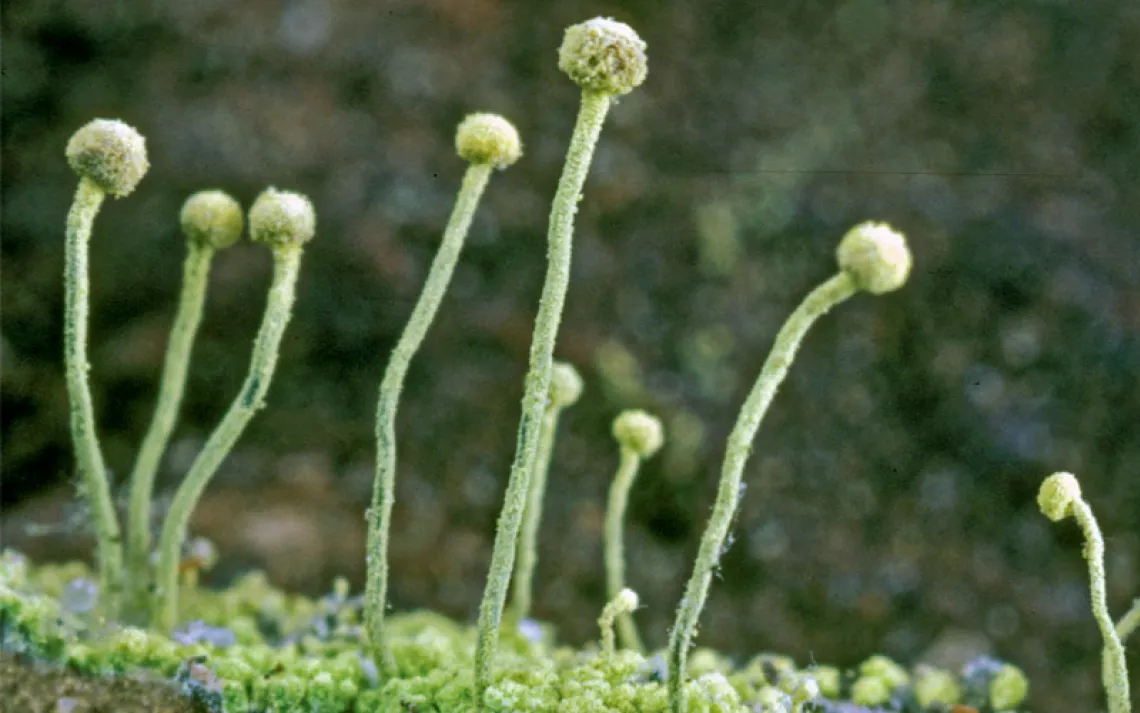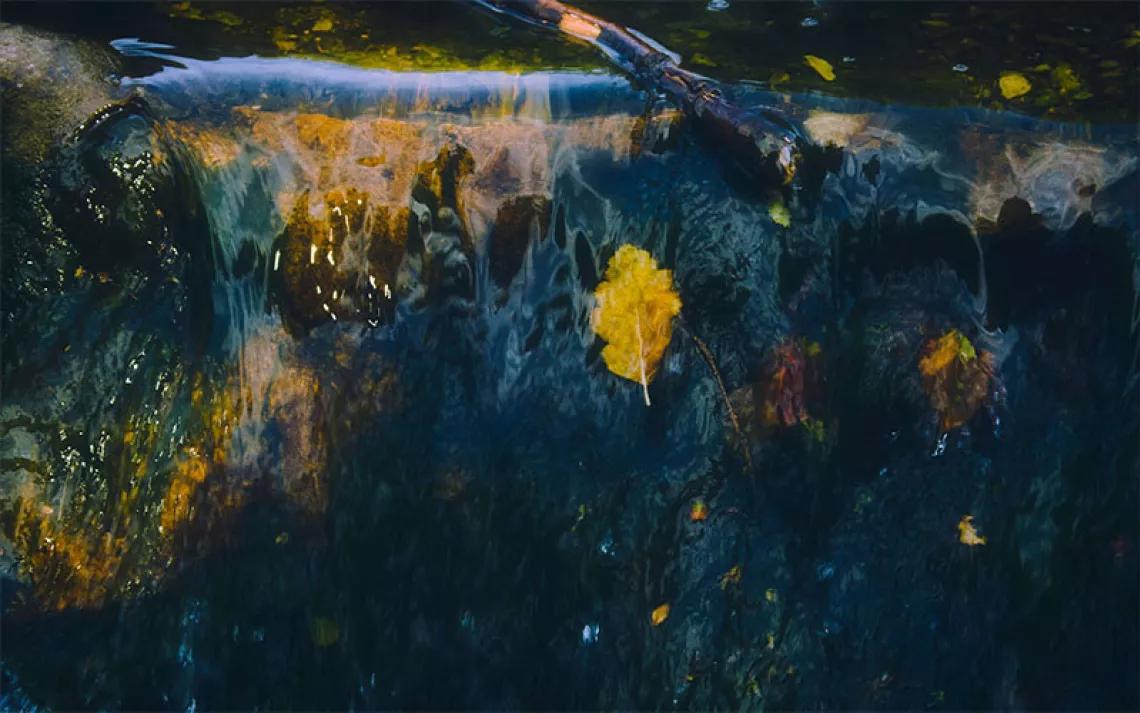Roadsides Are Refuges for Declining Pollinators
Managing and restoring roadsides is a cheap and easy way to protect bees and other pollinators

Photo by bmswanson/iStock
Recent studies have shown that insect numbers across the globe are plummeting. All sorts of pollinators, including bumblebees, hoverflies, beetles, butterflies, and moths are also in decline. There are many steps that need to be taken to save beneficial bugs, but one of the easiest is taking care of the millions of acres of right-of-way that line highways and roads.
While that might seem like just a drop in the bucket when it comes to land conservation, those roadsides add up to big acreage, especially in a place like the United Kingdom, where urban development and agriculture leaves very little land available for wildlife habitat. In fact, Benjamin Phillips of the University of Exeter, the first author of a new study in the Journal of Applied Ecology, reports that about 1 percent of the land in the U.K. is contained in rights of way, known there as road verges.
Phillips says that researchers have believed for a while that these roadsides are good for nature, but he wanted to find out just how good the roadside was for pollinators.
“People have known these areas are important,” he says. “There are already lots of flowers and insects and birds of prey on lamp posts along roads hunting. But these areas aren’t thought of as nature conservation areas. Instead, they’re seen as places to be managed. What happens is, in the middle of summer someone comes along and mows the verges, taking away the flowers and directly killing insects and other pollinators and wildlife.”
To help show how important these roadsides can be, Phillips and his team surveyed 19 roadside sites in Cornwall, walking 50 meter transects and recording all the pollinators they saw and what they were feeding on. They repeated the bug walks three times during the spring, summer, and fall of 2018, then compared their results with transects walked in nearby agricultural land.
The results were what they expected—the roadsides supported a diverse array of flowers and pollinators, while the agricultural land had very little. But they also learned a few things about roadside habitat. Those study areas mowed during the summertime, when flowers were blooming, had low pollinator activity through the fall and never really recovered before winter set in.
They also found a few things that might help in better managing the road strips. They discovered that pollinator activity in the two meters of land closest to the road was the lowest. They also found fewer pollinators on the busiest roads, likely because noise and pollution reduce the number of insects attracted to the area.
The primary reason given for summertime mowing is safety—vegetation that grows too tall can block the view of intersections, turnarounds, and signs. “I think for people mowing, it’s easier to cut everything to make sure the parts that need it get cut,” says Phillips. “Basically, in theory, it’s for safety. In reality, people get carried away.”
Phillips research suggests that road managers should be more targeted in their cutting, identifying areas that need a trim for safety and leaving the rest to grow to maturity. If agencies want to cut, he says, they can do so in late fall, after pollinators have completed their life cycle. In fact, he advocates cutting in the fall so that the roadsides can be maintained as flower meadows; otherwise they would grow into scrubland. If they want, agencies can also cut the first five to six feet of the roadside, since those areas are less important for pollinators.
Scott Hoffman Black, executive director of the insect-focused Xerces Society for Invertebrate Conservation says that they advocate a similar approach to roadside management in the United States, where an estimated 17 million acres of potential habitat run along highways and country lanes.
“Seventeen million acres is nothing to be sneezed at,” he says. “Unequivocally, roadsides need to be part of the pollinator discussion. Roadsides are important but underutilized. That is changing. What we have found is that roadsides that are managed for pollinators can provide everything a pollinator needs, including nectar, nesting sites, and host plants. Many departments of transportation are starting to change their practices in recognition of this.”
In 2014, the White House issued a memorandum instructing federal agencies to create strategies that promote the health of honeybees and other pollinators. As part of that effort, Xerces and other groups worked with the Department of Transportation to come up with best practices for roadside management. While federal leadership of the issue has fallen by the wayside under the Trump administration, Black says many state departments of transportation implementing the management techniques and road maintenance agencies at the county and city level have also begun to think about the costs and consequences of their mowing.
Unlike in the U.K., where roadside invasive plants aren’t a major concern, managing roadsides in the U.S. can be more difficult. According to the federal guidelines, managers should assess roadsides for current populations of native plants and protect and encourage what they have before committing time and money to restoration. They also discourage restoring roadsides that butt up to corn and soy fields, where pesticide drift could kill pollinators attracted to new stands of flowers. The guidelines also discourage planting tall plants in areas where car accidents are known to occur and planting natives that might attract deer to the roadside.
Overall, changing roadside management is a win-win situation. Agencies can save money by reducing the number of times and the size of the area they mow, and pollinators win by gaining hundreds of acres of host plants and habitat. Black says drivers also benefit. While roadway managers assumed most people preferred a manicured golf course look on roadsides, surveys have found that drivers actually prefer a smaller mowed strip along the road edge bordering more natural stands of flowers and native vegetation. What’s best for the bugs, it turns out, is also what people want.
In the U.K., Phillips says his research suggests authorities could see the most success in helping pollinators by modifying their management plans first on sleepy country roads with low traffic before moving on to busier roadways. Currently, the nonprofit Plantlife has advocated for better management of road verges since 2013 and has seen some success in changing minds including projects in Dorset, Oxfordshire, and Shropshire.
Eventually, Phillips hopes, people will begin to see roadsides as part of a network spreading across the countryside, one that could link up other natural areas. “I’m biased, but I do think road verges are the biggest opportunity to do anything that we’ve got left,” he says. “They’re not the most amazing habitat, but they support lots and lots of insects. In addition to nature reserves, they’re a good safety net for pollinators.”
 The Magazine of The Sierra Club
The Magazine of The Sierra Club







